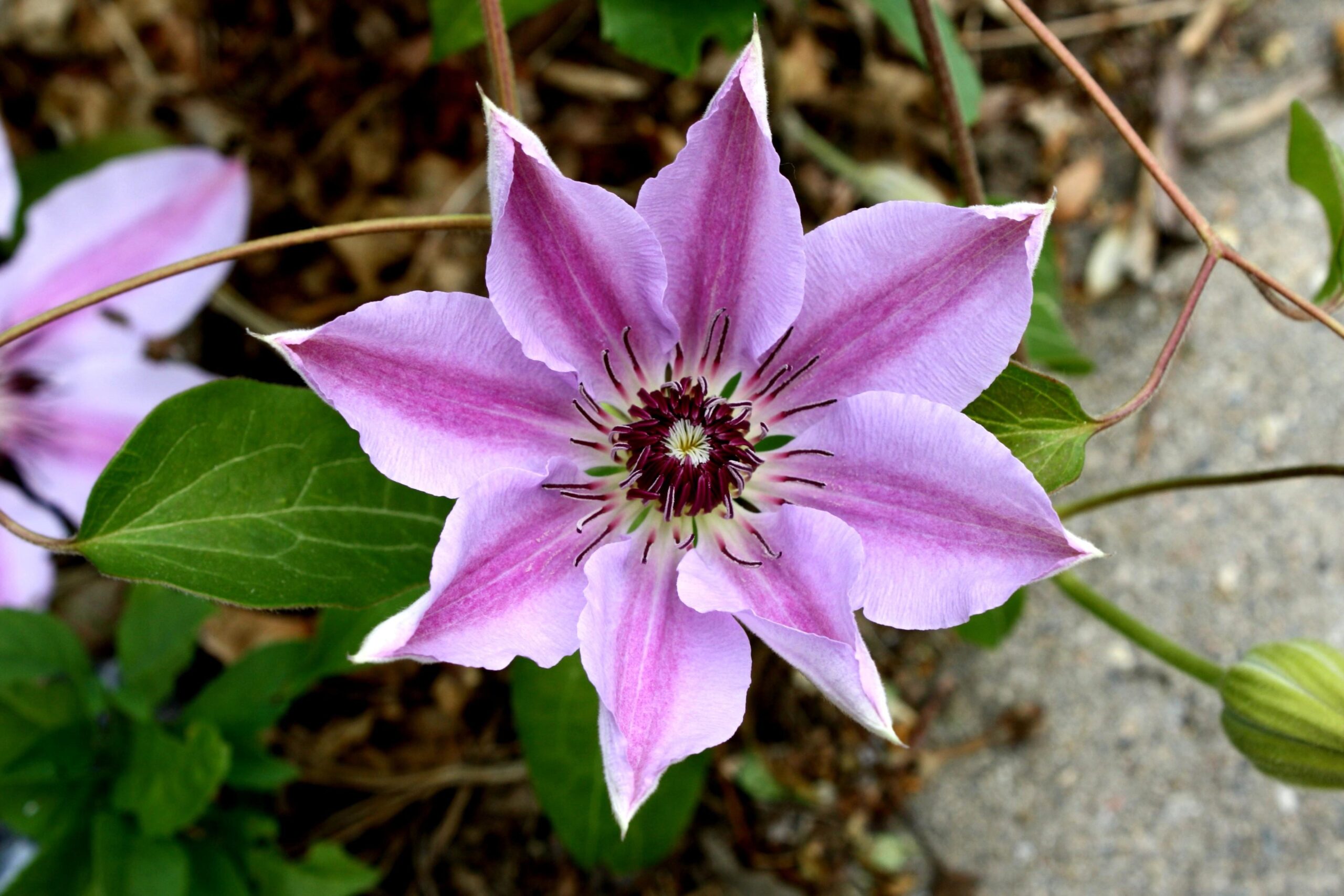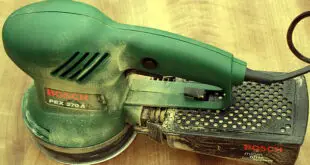Climbing Clematis are stunning plants that bloom profusely over a long period of time. They thrive in borders and patio pots and on pergolas, obelisks, and trellises, where they offer valuable height to the landscape.
It’s past time to extol the virtues of the best blooming vines and other appealing climbers and creepers while simultaneously acknowledging the shortcomings of some vine selections. While certain vines can be aggressive or invasive, blooming vines are possibly the most versatile plant types. The fact that they can either stay near the ground (that is, act as ground coverings) or ascend accounts for a lot of their adaptability.
One has to give the plants a weekly tomato fertilizer feed and deadhead to prolong flowering in the summer. Choose a big container growing Clematis in a pot, then repot into John Innes No. 3 compost with an extra slow-release fertilizer every two years. Protect the roots from the sun by mulching the surface.
It would help if you pruned Clematis with summer flowers once a year. If they flower in May/June (Group 2 clematis), trim them at the end of June, then cut them down to vigorous buds in February/March.
Table of Contents
What is Clematis?
Clematis is a buttercup genus with over 300 species in the Ranunculaceae family. Beginning with Clematis jackmanii, a garden mainstay since 1862, its garden hybrids have been renowned among florists; additional hybrid cultivars are being generated on a regular basis. They are primarily from Chinese and Japanese origins.
Clematis is a flowering plant. The components that grow above the ground are used to create medication. Despite major safety concerns, Clematis is used for joint discomfort (rheumatism), headaches, gout, varicose veins, syphilis, bone abnormalities, chronic skin issues, and fluid retention.
Clematis is applied directly to the skin for blisters and in a moist dressing for infected wounds and ulcers by certain individuals. Because not all plants survive in the shade, if you have a shaded area in your garden, it’s ideal for picking a clematis that will thrive there. Most Clematis thrives in the shade because their blossoms are often above the canopy of the trees. In the shadier regions of the garden, however, some clematis performs better than others.
Clematis roots prefer to be equally cool and wet, so give them plenty of water and keep them well mulched to keep that moisture in. Most types flower best when exposed to at least three to four hours of direct morning sunlight from spring to fall. Others, on the other hand, will endure less direct light. Consider that some types bloom early in the growing season before many trees leaf out and shadow them out, while others bloom later. If you plant a clematis in the improper area, it will become weak and unhealthy.
Although most clematis plants like full sun, some kinds do well in partial shade. When choosing a clematis for a shaded location, search for shade-loving cultivars. There are about 250 variants, and horticulturists frequently make cultivars, or cultivated varieties, to expand the selection.
Top picks: Best Clematis for shade:
Flowering vines, thanks to their adaptability, are ideal for meeting unique requirements. This list features the greatest shade clematis, each blooming at a different period and growing to a different size.
But it’s not just the blossoms that catch the eye; the seed heads are very attractive and silver in colour. This type is ideal for covering pergolas or fences that are shaded for the majority of the day. The RHS has given this cultivar the Garden Merit Award.
It grows best in well-drained soil and prefers to keep its feet shaded while its heads are exposed to the sun, which is why it makes a good shade plant for your garden. This cultivar can swiftly reach heights of 180-300 cm. Because it is a Group 1 clematis, it will climb unabated and will not require extensive trimming. It’s also a terrific way to attract bees.
Pros:
- Has beautiful seed head that attracts the onlookers
- Provides good shade
- Attracts bees
- Cultivar can swiftly reach heights of 180-300 cm
Cons:
- It requires a lot of hard work
- Needs extensive trimming
The smells of this particular type are well-known. The RHS has given many varieties the Award of Garden Merit. It grows well in well-drained soil with partial shade and is pest and clematis wilt resistant.
It will spread between 9 and 12 meters broad and 4 to 5 meters high if left undisturbed. Because it belongs to Group 1, it doesn’t need to be pruned regularly, making it virtually maintenance-free.
Pros:
- Inexpensive
- Doesn’t occupy much space at ground level
- Doesn’t require too much effort for the maintenance
Cons:
- Can leave bare stems
The Grandiflora is a shade-loving deciduous climber with white blooms spanning 7cm and brilliant yellow interiors. It blooms between the end of spring and the beginning of summer, with enormous blooms that obscure the green foliage beneath.
This belongs to Group 1, which means you won’t have to do much pruning. The blooms appear between the middle and the end of the spring season. The RHS awarded it the Award of Garden Merit. Semi-hardwood cuttings are an easy way to propagate them. Although it needs well-drained soil and partial shade, it belongs to Group 1 and does not require pruning.
Pros:
- Has beautiful seed head
- Grows vibrant colour flowers
- It has gorgeous big size flowers
Cons:
- it can cause leaf litter
- can occupy a little more space as compared to other clematis flowers
This is a lovely cultivar with huge, yellow blossoms that fade to cream. They are 12-15 cm broad and require well-drained soil to thrive. This is a fast-growing plant that will reach a height of 180-240cm if left unmanaged.
Pros:
- Occupies less space
- Blooms twice per season
- Inexpensive
- Available in beautiful colours
Cons:
- Growth is rapid and could be unmanageable
- Requires hard work
Choosing the best clematis shade for you:
Clematis is a lovely flowering perennial vine, but finding the correct trellis can be difficult. Part of your decision will be based on whether you’ll be closely watching its development and guiding it or whether you’ll let it go its own way. You should keep the following features in mind before buying a clematis.
The plant age:
Choose plants at least two years old (in 2-3 litre pots) when purchasing Clematis to guarantee that the roots are well grown before planting. Below are ten lovely summer clematis to grow. Clematis are stunning plants that bloom profusely over a long period,
You should choose the trellis with the mature plant in mind:
Choose a trellis made of wood or metal that is the same height as your vine. Some can reach 30 feet in length, necessitating a creative expansion strategy. Some gardeners use wire and eye hooks, which can be effective if you have locations to attach them and keep an eye on the vine to ensure it grabs where you want it to.
Assist the Clematis in Grabbing the Trellis:
Clematis is unlikely to climb the trellis on its own. It’s a contact sport, so the tendrils can only wrap around a surface if they come into contact with it and only if it’s not too thick. Without assistance, the vine will sag and fall over, potentially killing the stems.
Frequently Asked Questions:
Q1) How to choose the best clematis shade?
The easiest way to choose Clematis for shade is to look for a cultivated type labelled as preferring shade and get it from a reputable nursery or mail-order plant source. The amount of sun that a garden area receives impacts the types of plants that will thrive there. The majority of Clematis require full sun to thrive. Six hours or more of direct sunlight each day is called the full sun. Part sun is not the same as part shade. Part sun equals four to six hours, whereas part shade equals two to four hours. Some shadow clematis cultivars don’t do well in direct sunlight and are better suited to full shade. The Clematis “Sugar Candy” variety is an example of a clematis that tolerates full shade. This type frequently blooms throughout the growing season and enjoys being in a shady location. In part shade or full shade, the Clematis “Silver Moon” variety thrives.
Q2) Is Clematis’ Piilu’ worth buying?
‘Piilu’ is strong large-flowered Clematis of tremendous interest, considered by many as one of the greatest Clematis for containers ever. In late spring, the first flush of flowers is typically double or semi-double, followed by a single flush in midsummer.
Q3) Why do leaves turn yellow?
Overwatering or a mineral shortage might result in yellow leaves. Clematis require regular irrigation, but not to the point of being soggy. Clematis is a voracious eater. The American Clematis Society recommends Gro-Power Fertilizer because it is both an organic soil conditioner and a fertilizer, and it provides the minerals needed to keep Clematis healthy.
Final verdict:
To summarize, all the Clematis mentioned above are worth buying and readily available on Amazon at a reasonable price. They give your porch or gardens the best look and are worth investing in. Climbing Clematis are stunning plants that bloom profusely over a long period. They thrive in borders and patio pots and on pergolas, obelisks, and trellises, where they offer valuable height to the landscape.
 Guides4Homeowners Useful Information & Guides
Guides4Homeowners Useful Information & Guides











